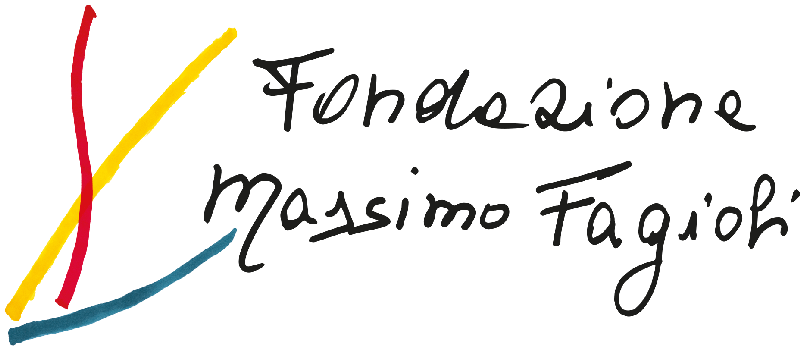The Human Birth Theory represent a revolutionary theoretical position for developmental psychology: conceptualize human development not only in terms of consciousness and behavior, but to illustrate its unconscious reality that starts from birth. Thanks to that it’s now possible to explain the first development of unconscious thought and describes its dynamics: with a non passive vision of the child the author explains as movement and language starts from an internal need.
METHOD
The aim of this paper is to illustrate the first development in the light of Birth Theory and correlate to classical authors of psychoanalysis. In order to illustrate the processes underlying the acquisition of speech and movement, some fundamental stages for human development in Fagioli’s theoretical system will be described. Language and movement will be deepened using previous studies by other authors that refer to the Human Birth Theory (F. Masini; M. Fagioli).
Specifically, the moment of birth in which Fagioli places a clear break with prenatal life will be compared with the vision of S. Freud and O.Rank. Subsequently, the breastfeeding phase will be described focusing on the gradual process of separation from the mother, a prerequisite for the identity development of the infant. With regard to breastfeeding, Fagioli’s perspective will be compared with the theories of M.Klein and D.Sullivan. Finally we explain the latest theorization of Fagioli on mirror recognition of the child: at this moment the child acquires a further confirmation of his identity and becomes certain of his own self, following an elaboration of separation dynamics. In this regard, there is also strong evidence in the psychoanalytic literature of a behavioral change in the presence of the Stranger, explained differently as the first awareness of existence separate from the mother (R.Spitz).
According to Human Birth Theory the development of the unconscious mind is the basis for movement and language aquisition. As previously stated inner separation from the mother and the first develop of self-awareness and self-identity are crucial : a gradual autonomy in visible behavior is result of having previously realized an internal separation from mother and it is an infant personal realization.
In conclusion, the Human Birth Theory can direct clinical treatment that overcoming the technicality of cognitive-behavioral techniques and some psychoanalytic readings. This clinical treatment in developmental disorders can be based on the transformation of the child-caregivers unconscious relationship. Future studies could investigate these aspects by deepening them with clinical cases and innovative proposals for intervention.
References
- Arieti,S.(2014). Interpretazione della schizofrenia. Roma: L’ Asino d’oro editore.
- Bion, W.(1972). Apprendere dall’esperienza. Roma: Armando editore.
- Camaioni,L.,& Di Blasio, P.,(2007) Manuale di psicologia dello sviluppo. Roma: Il Mulino editore.
- Fagioli, F.(2006). La teoria della nascita. Il sogno della farfalla, 3, 5-8.
- Fagioli , M.(1993). La parola dell’inconscio, ipotesi che legano gli studi linguistici alla realtà psichica. Tesi di laurea in medicina inedita, Roma, Università La Sapienza, Roma, Italia.
- Fagioli, M.(2000). Trasformazioni delle immagini in parole e delle parole in immagini. In Incontri di ricerca psichiatrica. Roma: Nuove edizioni Romane.
- Fagioli, M.(2017). Istinto di morte e conoscenza (14th ed.). Roma: L’Asino d’oro Edizioni
- Fagioli, M.& De Simone, G. (2015).[ Discussione dal vivo sul tema del riconoscimento allo specchio]. Ricerca inedita discussa durante il convegno per i 40 anni dell’analisi collettiva.
- Fagioli, M.(2016). Left 2016.Roma:L’Asino d’oro edizioni.
- Fagioli, M.(2016). Poesia. Roma: L’Asino d’oro edizioni.
- Fagioli, M. (2018). E’ che non ci si fida dei bambini” Intervista a Massimo Fagioli, Rai 2,13 gennaio 1978. Il sogno della farfalla,1,9-13.
- Gatti, G.(2015) “La luce e l’origine del tempo vissuto”. Il sogno della farfalla, 3,17-32.
- Guerriero, A. (2018). Recensione al libro di Linne Murray , Le prime reazioni del bambino. Il sogno della farfalla.
- Masini, F. (Speaker) (2018). Il linguaggio e la scrittura [registrazione audio], Giornate di studio: Venti Secondi srl.
- Masini, F. (2000). Il linguaggio articolato non è necessario. In Incontri di ricerca psichiatrica. Roma: Nuove edizioni Romane.
- Monducci, E. (2000). Movimento, tempo e immagine interiore. In Incontri di ricerca psichiatrica. Roma: Nuove edizioni Romane.
- Odgen, T.H.(1972). Reverie e interpretazione. Roma: Casa Editrice Astrolabio.
- Pompei, R.(2020). Recensione al libro di Hanry Stack Sullivan, Il colloquio Psichiatrico. Il sogno della farfalla.
- Segal,H.(2005). Introduzione all’opera di Melanie Klein. Firenze: Giunti Editore.
- Sullivan, H.S.(2017). Il colloquio psichiatrico. Roma: Giovanni Fioriti Editore.
- Winnicott, D. (2001). Gioco e realtà. Roma: Armando Editore.
